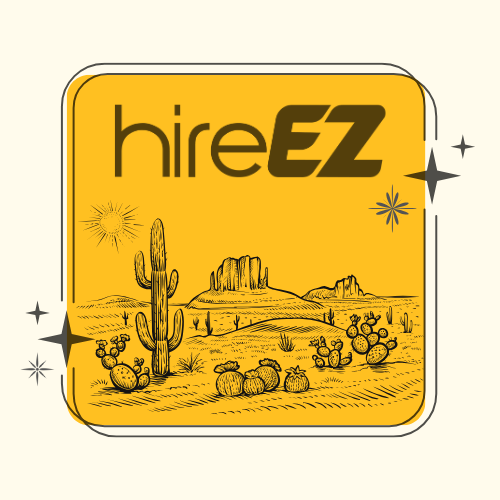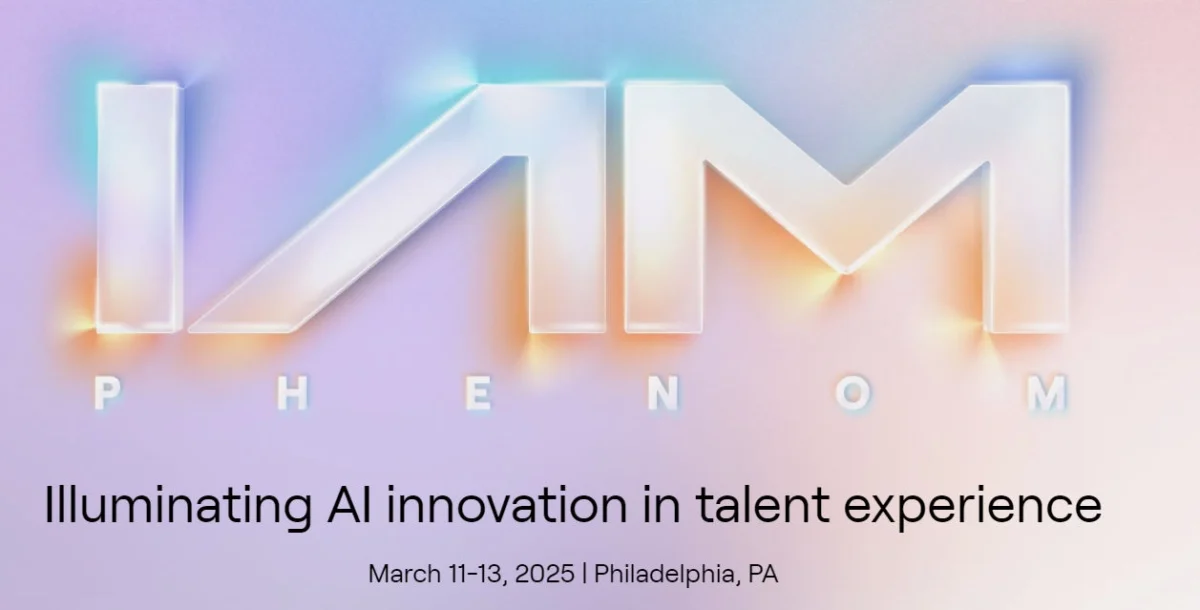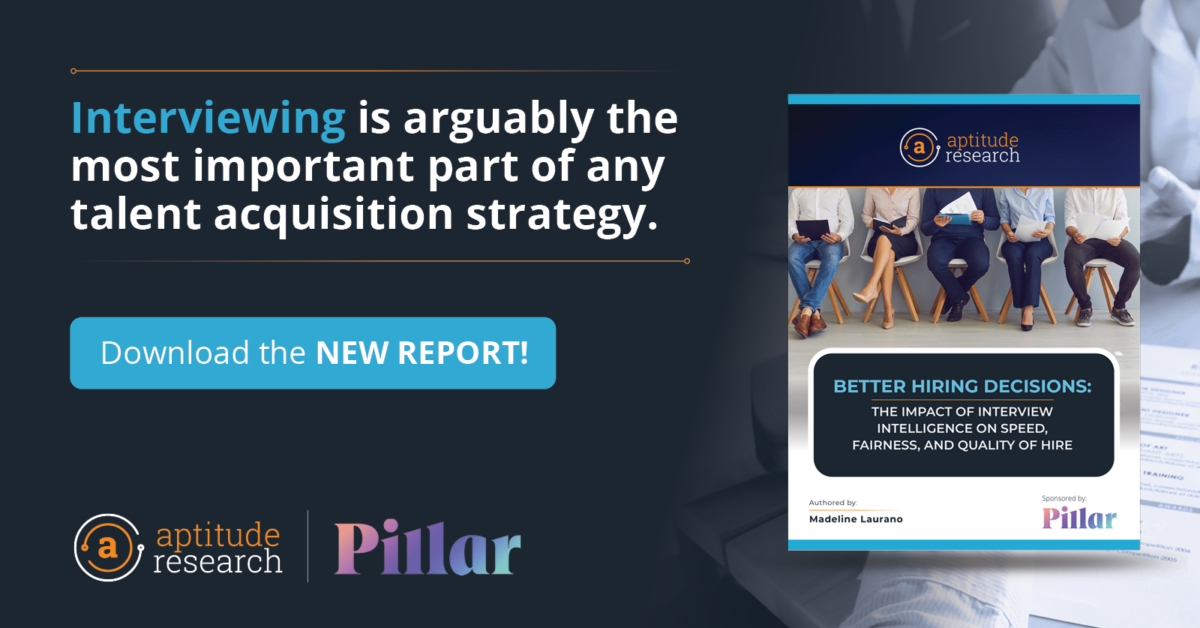Last month, HireEZ marked a major milestone in its ten-year journey by announcing the launch of its newest innovation: the EZ Agent, powered by Agentic AI. This announcement not only reflects the company’s consistent evolution with market needs but reinforces its unwavering focus on the recruiter — a mission that has defined HireEZ from the start. In HireEZ fashion, they also made this announcement at a major industry event they hosted in Dallas.
Over the years, HireEZ’s journey has evolved — from AI sourcing to CRM and robust analytics — all with one goal in mind: to make the lives of recruiters easier. And now, with the EZ Agent, they’re taking that mission to the next level.
Three themes stand out to me:
A Human-Centric Innovation
What sets this announcement apart is its human-centric approach. EZ Agent isn’t about replacing recruiters or removing the human touch from talent acquisition. It’s about enhancing it. It’s about freeing up time, reducing the administrative burden, and enabling recruiters to focus on what truly matters: building relationships, making strategic decisions, and delivering better experiences.
Our research at Aptitude shows that the top benefits companies expect from agent-based technology are:
- 46% aim to improve efficiency
- 45% seek faster decision-making
- 35% want to create a better candidate experience
You don’t have to trade one for the other. Agentic AI helps organizations achieve all three — simultaneously.
Redefining Autonomy in Talent Tech
The term “agent” often raises red flags — fears of automation replacing jobs. But EZ Agent takes a semi-autonomous approach that empowers, not replaces. It provides support, guidance, and execution — all while keeping recruiters in control.
According to our Aptitude Research findings:
- 62% of companies interested in agent technology prefer semi-autonomous solutions (those that make recommendations but don’t make final decisions)
- 18% are looking for assistive technology (insights only)
- Only 8% are interested in fully autonomous agents
- 12% are not sure
EZ Agent helps source candidates, review profiles, engage with talent, and even coordinate interview scheduling — all in one integrated platform.
Easy Adoption, Powerful Impact
Beyond functionality, EZ Agent is built for easy integration and fast adoption. In a world where recruiters are often expected to become tech experts, HireEZ breaks down those barriers. The platform is intuitive, flexible, and designed to support — not overwhelm.
As Steven Jiang, CEO of HireEZ,said:
“A recruiter’s value should NOT be determined by how technical you’re at using software!”
The launch of Agentic AI is more than just a product release — it’s a reflection of HireEZ’s ongoing commitment to reimagining recruiting in a way that empowers people. I’m excited to see what is next.







